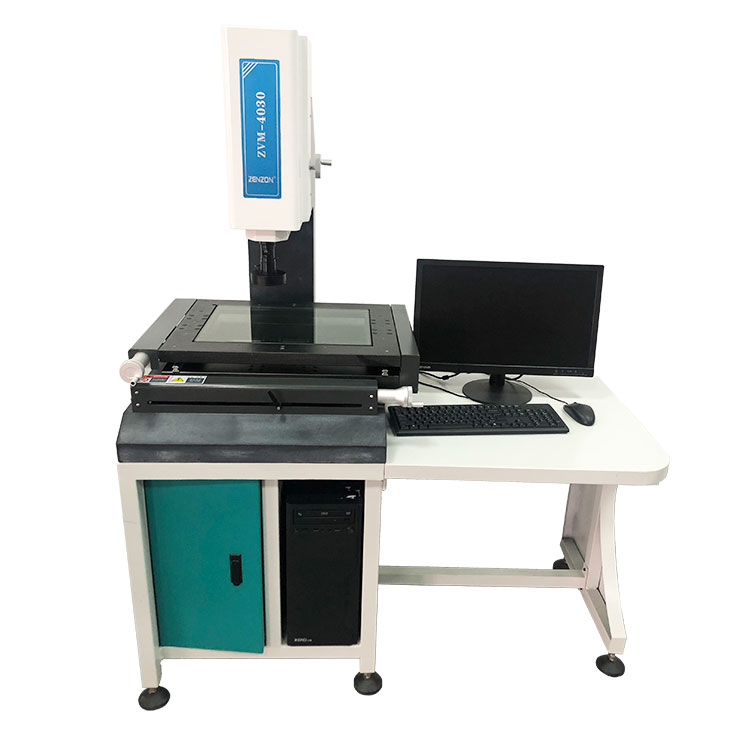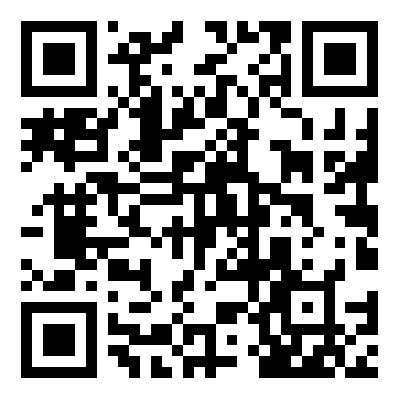How does the measuring process work in a Manual Video Measuring Machine
2023-10-26
The measuring process in a Manual Video Measuring Machine (VMM) involves the use of video imaging technology to capture images of an object under inspection and then analyze these images to obtain dimensional and positional data. Here's a step-by-step overview of how the measuring process typically works in a Manual Video Measuring Machine:
1. Preparation: The object or component to be measured is securely placed on the machine's measurement stage or worktable. Proper alignment and fixturing may be necessary to ensure accurate measurements.
2. Illumination: The VMM uses controlled lighting, which is often adjustable, to illuminate the object's features evenly. Proper lighting is crucial for capturing clear and detailed images.
3. Camera Imaging: A high-resolution digital camera or imaging system is used to capture images of the object. The camera is typically mounted on a Z-axis column above the measurement stage.
4. Calibration: Before measuring, the machine is calibrated to ensure accurate measurements. This involves using a known reference, such as a calibration artifact or a known standard, to set the scale and orientation of the camera's images.
5. Image Capture: The operator positions the camera and zooms in on the features of interest using manual controls. Images of the object from different angles may be captured to obtain a comprehensive view.
6. Software Analysis: The captured images are processed by specialized measurement software. The software identifies edges, corners, and other features of the object within the images.
7. Feature Detection: The software detects and identifies the features that need to be measured. These may include points, lines, circles, arcs, angles, and other geometric elements.
8. Dimensional Measurement: The software measures the dimensions and positions of the identified features by analyzing the pixel coordinates of these features in the images. Calibration information is used to convert pixel measurements into real-world units (e.g., millimeters or inches).
9. Data Display: The measurement results are displayed on the machine's screen or computer monitor. The operator can view the measurements, often in real-time, to confirm their accuracy.
10. Data Recording: Measurement data can be recorded and saved for documentation, analysis, and quality control purposes. This data may include numerical measurements, graphical representations, and images.
11. Comparative Analysis: The software may allow for the comparison of measured dimensions with known standards or CAD models to check for deviations or variations.
12. Reporting: The machine may generate measurement reports, which can be printed or saved electronically. These reports document the measurements and may include pass/fail criteria.
13. Adjustment: If required, the operator can make adjustments to the object or the measurement setup based on the measurement results.
14. Repeat Measurements: For quality control or verification purposes, measurements may be repeated on the same or similar objects to ensure consistency.
15. Data Export: Measured data can be exported for further analysis, integration with other systems, or archiving.
Manual Video Measuring Machines are versatile tools used in various industries for quality control, research, and development. They offer high precision and accuracy in dimensional and geometric measurement, making them valuable instruments for ensuring product quality and compliance with standards.



